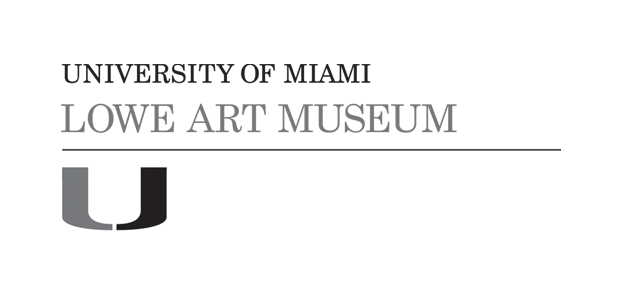Portrait of Mrs. Collins
Artist/Maker
Thomas Gainsborough
(England, 1727-1788)
Dateca. 1770-1775
CultureEnglish
Mediumoil on canvas
DimensionsSight: 29 3/8 x 24 3/8 in. (74.6 x 61.9 cm)
Framed: 38 1/2 x 33 5/8 x 3 1/8 in. (97.8 x 85.4 x 7.9 cm)
Framed: 38 1/2 x 33 5/8 x 3 1/8 in. (97.8 x 85.4 x 7.9 cm)
ClassificationsVisual Works
Credit LineGift of Ione T. Staley
Terms
Object number52.001.000
On View
Not on viewCollections













